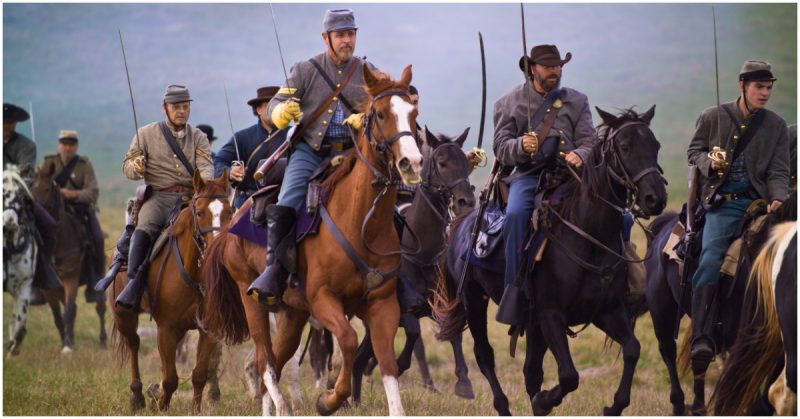Devastating in their impact, terrifying for both their enemies and their steeds, cavalry units have been a key component of war for most of military history. Here are ten key moments in that story.
War Chariots
The first horses to be tamed for human use were not like the ones we know today. With shorter legs and weaker backs, they were not able to carry an armed man. The first effective cavalry were therefore not men riding horses, but men riding chariots.
Around 1800 BC war chariots were developed in southern central Asia, combining innovations in construction and horse handling. Strong enough to carry a driver and a missile armed warrior, yet light enough to move quickly around the battlefield, they added speed and shock attacks to the armies of Mesopotamia, Egypt and others.
Strong Mounts Lead to Stronger Cavalry
Around 900 BC a stronger strain of horses emerged, again in south central Asia. These larger horses could be ridden by armed men, leading to cavalry as we think of it – a man on a horse, equipped for hit and run or high impact attacks.
Asian Steppe Cavalry
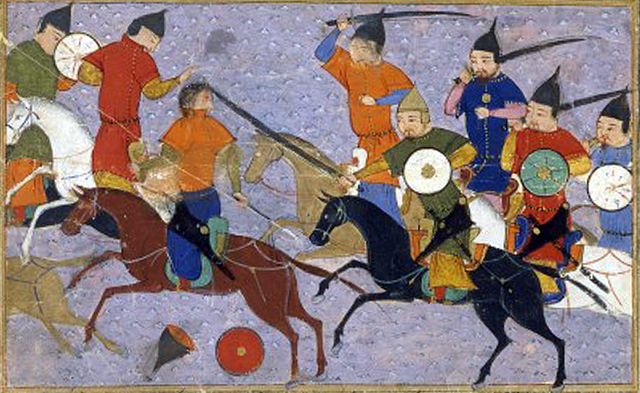
The central Asian steppe quickly became the home of cavalry innovation. With a large pool of horses to breed from, and a large number of nomadic people, it saw developments in cavalry technique, in particular light cavalry armed with compound bows. From here came wave after wave of invaders, such as the Mongols, the Hsiung-Nu and the Huns, carrying cavalry combat to the rest of Asia and Europe. Cavalry forces destabilised the Roman borders and several times conquered China. On the steppes, cavalry was king.
The Stirrup
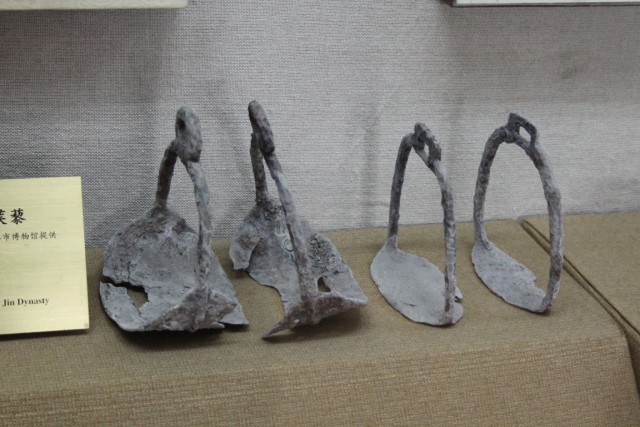
One item of equipment, more than any other, transformed cavalry warfare. That item was the stirrup.
Probably emerging from first century BC India, the stirrup spread into the steppe, China and Byzantium. Around 800 AD it finally began to gain popularity in Europe.
The stirrup meant different things to different warrior cultures. For nomads trained to ride from birth, it was simply an added bonus, something to help riders secure themselves during difficult manoeuvres. But for Europeans, less familiar with life in the saddle, wearing heavy armour, and trying to fight up close rather than with bows, the stirrup was transformative. It allowed greater control and stability, leading to another development.
Knights
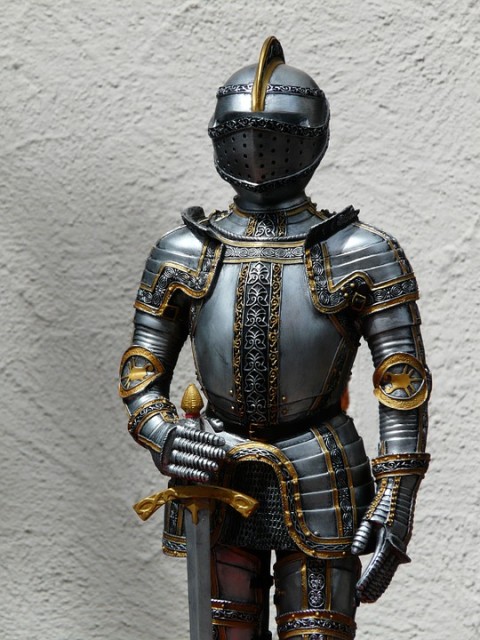
The advent of the stirrup supported the emergence of shock cavalry in Europe. With their heavy horses and heavy armour, they dominated battlefields for centuries, starting with the success of the Franks in northwest Europe around 800 AD. Over the generations, these knights would develop into the plate armoured elite of late medieval battlefields, a style of cavalry warfare built around strength and endurance.
But none of this would have been possible without the social order it supported. Heavy cavalry allowed lords to dominate their surroundings, forcing peasants into a feudal hierarchy. This in turn provided the income to support and increase the power of the knights.
Combined Arms
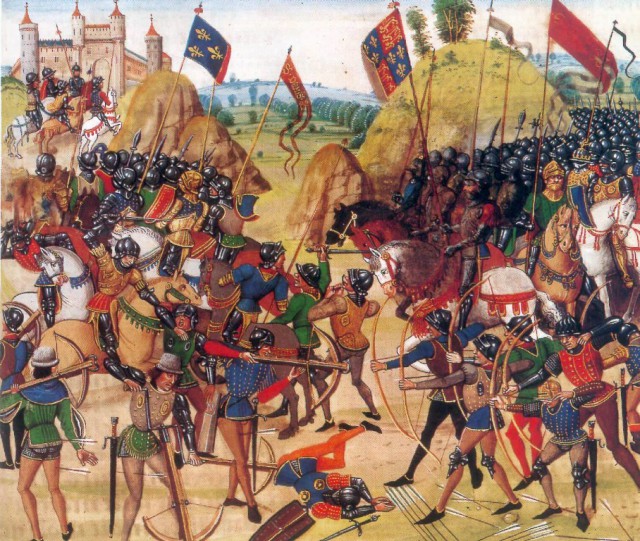
The arrival of gunpowder weapons and pike blocks from the 14th century onwards led to the decline of the knight. Heavy armour was abandoned as next to useless against the new weapons. Unable to deliver their high impact charges, lances were cast aside.
Attempts to create mounted hand gunners failed, despite the use of the wheeling caracole formation. Instead cavalry became a support function for the infantry, used in combined arms fighting. At battles such as Naseby, the cavalry harassed flanks and chased off broken formations, increasing the impact of infantry rather than attacking them head on.
Hussars
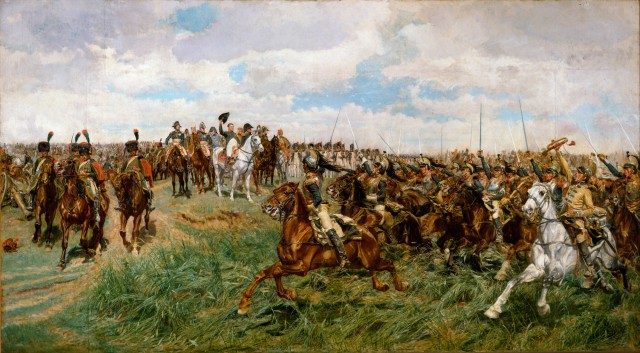
As well as these high impact cavalry – the remnants of the old knightly style – armies started to recruit lighter cavalry, exemplified by the hussars. Originally Hungarian soldiers fighting in the Austrian army, the word ‘hussar’ soon came to be used for a wide range of light cavalry, whether trained locally or imported from the original recruitment grounds of eastern Europe.
The role of hussars was partly that of pursuing broken enemies, keeping them running to prevent a return to the fight. But it was also about scouting and foraging, keeping the army in intelligence and supplies.
The American Civil War
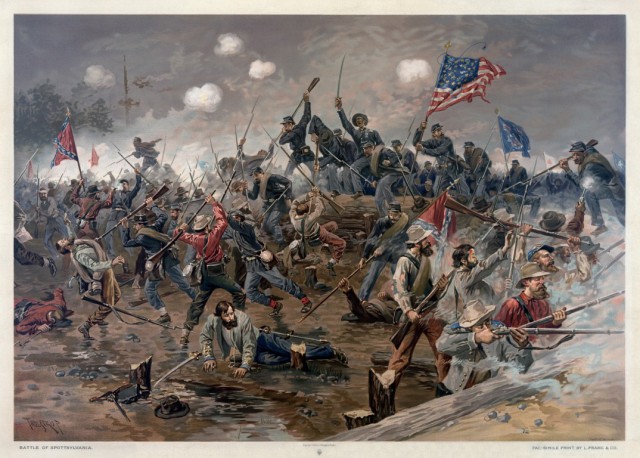
The prominence of cavalry in the American Civil War was more a matter of publicity than of impact on the battlefield. Confederate General Jeb Stuart, a flamboyant character and renowned cavalry commander, got behind enemy lines, humiliating the Union and boosting the morale of his own side. But while his lightning raids and decisive leadership played well in the Confederate newspapers, and alarmed readers in the north, cavalry had become a showpiece rather than a decisive factor on the battlefield. The Civil War would be its last great hurrah.
1914
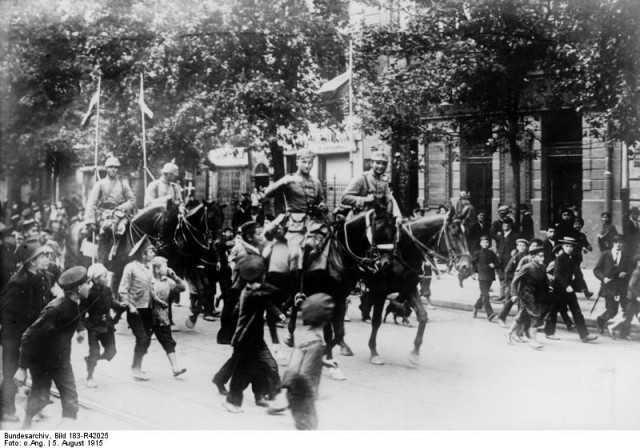
Around 355,000 cavalry were put into the field at the start of the First World War. Despite developments in technology and battlefield experiences of the late 19th century, many commanders expected cavalry to play a decisive part when war broke out in 1914. This illusion was soon to be shattered.
Though cavalry provided reconnaissance in the early weeks of the war, within two months all movement had stalled. There was little space for their high speed manoeuvres, and charges were mown down by modern guns. Cavalry units were kept in reserve ready for a breakthrough, but as the war ground on and none appeared, they were eventually dismounted and sent to fight on foot.
The Red Army
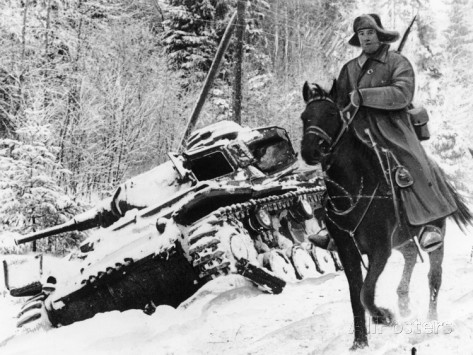
The last remnants of cavalry warfare lived on in specialist units of the Russian army. These fought against Poland in 1919-20 and in the civil war between Red and White Russia. At the start the Second World War, the army had 20 cavalry divisions, traditional units such as the Cossacks, ready to gallop out of the steppes as riders had since the age of the chariots.
But theirs was a last nostalgic cavalry fight, in a day when mobile warfare meant the tank and the armoured fighting vehicle.
